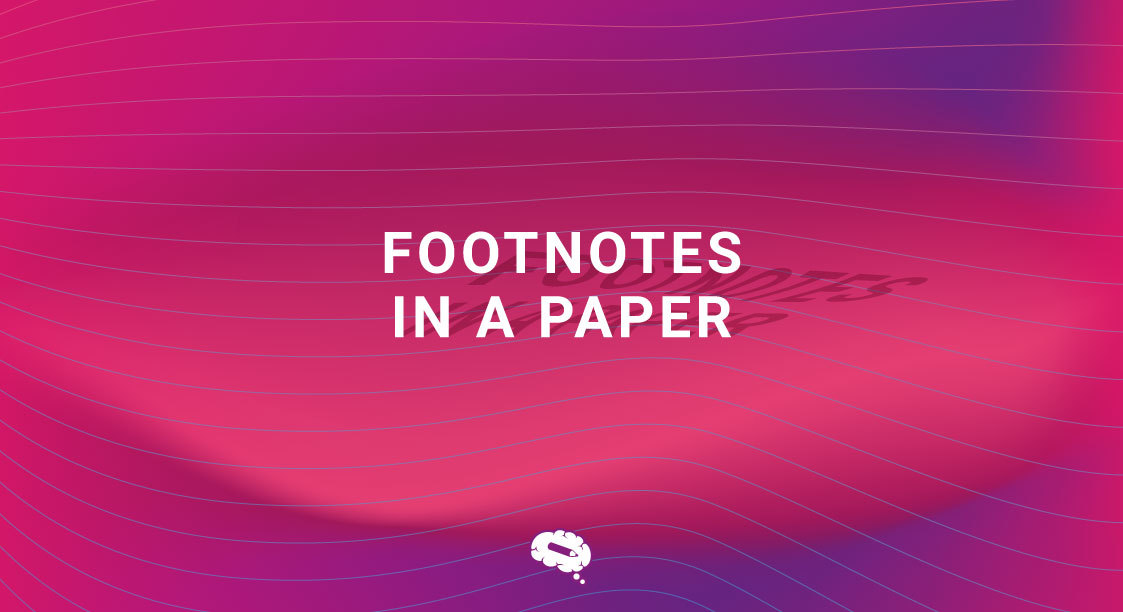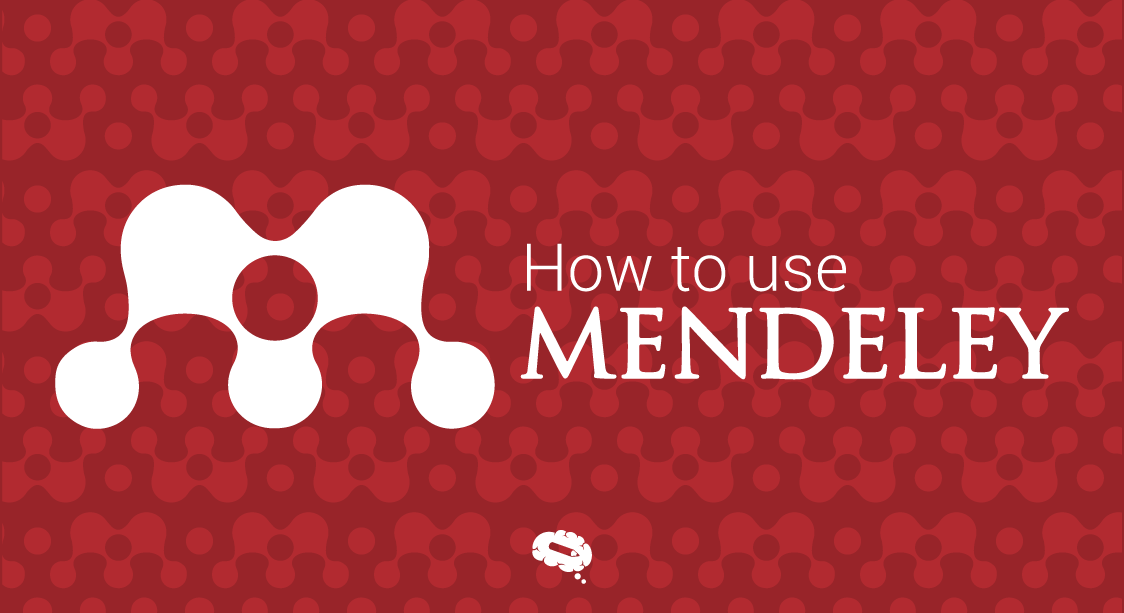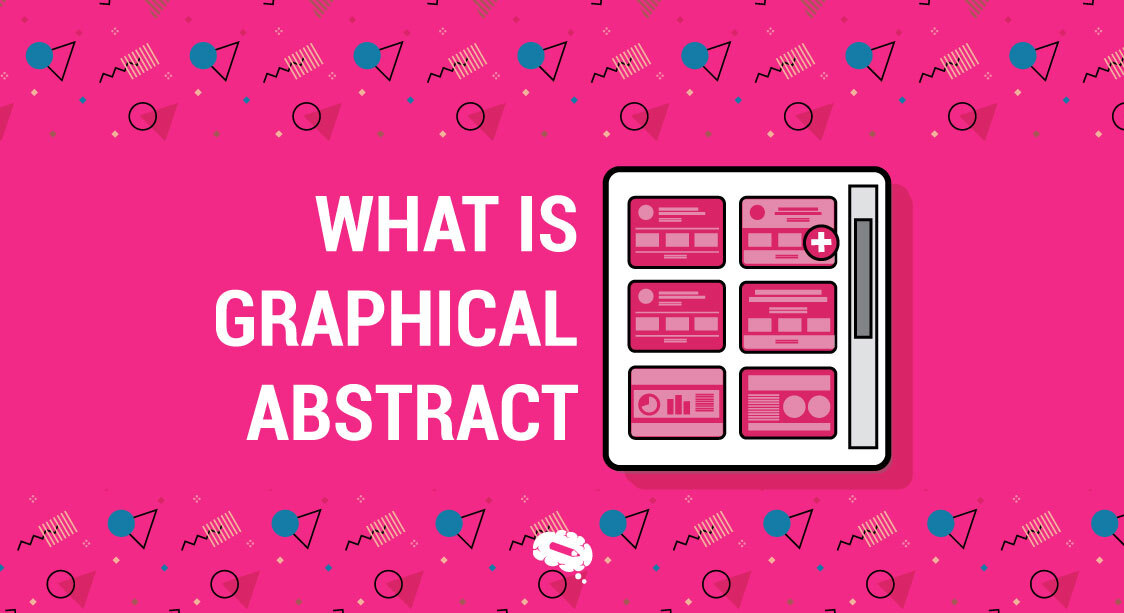Have you ever wondered, “What are endnotes?” Do you feel confused when your mentor and peers mention them? Are they simply notes? Is it a software? Or are they the notes that appear at the end of a document? Let’s clear up the confusion together. To be precise, there is a crucial distinction between “endnotes” and “Endnote” that can change their meaning significantly. Endnotes are notes that appear at the end of a document. On the other hand, “Endnote” is a popular reference management software that helps generate endnotes for you!
Stay informed as we discuss the necessity of endnotes, the utilization of Endnote software, and delve into the intricacies of bibliographic citations.
What Are Endnotes?
First of all let us understand what the endnotes are, then we will see how to create them. Endnotes are a critical component in the realm of academic and professional writing, providing a method for authors to include citations, comments, or additional information without disrupting the flow of the main text. These notes appear at the end of a chapter or document, offering a cleaner and more streamlined reading experience compared to footnotes. Footnotes would appear at the end of each page. This can disrupt the reading unnecessarily. The primary role of endnotes is to maintain the readability of the text while ensuring that references and supplementary details are readily accessible for those who seek deeper understanding. By relegating citations and extended comments to the end of the text, endnotes help maintain the narrative’s coherence and focus, which is particularly valuable in lengthy and complex documents.
Purpose Of Endnotes
Endnotes are annotations placed at the end of a section, chapter, or entire document, indicated by a superscript number in the main text. These notes provide detailed citations or supplementary information that would otherwise clutter the primary narrative.
The main reason for using endnotes is to enhance the readability and aesthetic of the text. By moving citations and additional commentary to the end, writers can avoid disrupting the reader’s engagement with the main content. Endnotes are particularly useful in lengthy works where extensive citations or commentary might overwhelm the primary text.
Endnotes Vs. Footnote
While both footnotes and endnotes serve similar purposes in providing citations and additional information, they differ in placement. Footnotes appear at the bottom of the page where the reference occurs, allowing immediate access to the note. In contrast, endnotes are collected at the end of a chapter or document, necessitating the reader to flip to the end to consult them.
Read more: What Is The Difference Between A Footnote And An Endnote
Which One To Choose?
Footnotes are often preferred in shorter documents or where immediate access to the note is crucial for understanding. Endnotes are ideal for longer works, such as books or extensive reports, where the focus is on maintaining the narrative flow and minimizing visual clutter within the main text.
Creating Endnotes
Endnotes should be numbered consecutively throughout the document or chapter, typically using Arabic numerals. The text of the endnote should be in a smaller font than the main text, often single-spaced, and aligned left. Each note should start with the corresponding superscript number, followed by a period and the note’s content.
Where To Place Endnotes In A Document
Endnotes are placed at the end of a chapter or the entire document. In books, this usually means the end of each chapter or at the back of the book. In shorter documents or reports, all endnotes are compiled at the end before any appendices or indexes.
Types Of Information Typically Relegated To Endnotes
Endnotes commonly include citations of sources, providing full bibliographic details to acknowledge and credit original authors. They may also contain additional commentary, explanations, or expansions on points made in the main text, which are relevant but not essential to the immediate understanding of the content.
Tips On Selecting Content For Endnotes
When deciding what to place in endnotes, consider whether the information is supplementary or essential. Use endnotes for detailed citations, lengthy explanations, or tangential information that would disrupt the flow of the main text. Avoid overloading endnotes with trivial details to maintain their purpose of clarity and reference.
Practical Uses Of Endnotes
Endnotes play a vital role in academic writing, enabling scholars to cite sources comprehensively without cluttering their arguments. They provide a means to give credit, avoid plagiarism, and allow readers to verify sources and delve deeper into the research.
Examples Of Academic Citation Styles That Use Endnotes
Several academic styles, such as the Chicago Manual of Style and Turabian, favor the use of endnotes. These styles provide specific guidelines for formatting and citing sources, ensuring consistency and credibility in scholarly communication.
Enhancing Readability In Extensive Works
In books and detailed reports, endnotes help maintain a clean and engaging reading experience by relegating citations and additional notes to the end. This approach is particularly beneficial in nonfiction works, where the volume of citations can be extensive.
Step By Step: Writing Endnotes
Referencing Sources
Start by collecting all the necessary bibliographic information for each source referenced in your work. Ensure accuracy and consistency in formatting according to the chosen citation style. Insert superscript numbers in the main text where citations or notes are needed.
Reviewing And Editing Endnotes
After drafting your endnotes, review them for accuracy, completeness, and clarity. Ensure each note corresponds correctly to its reference in the text. Edit for consistency in formatting and ensure that the endnotes enhance rather than detract from the overall readability and credibility of your work.
Use Of Software
To make our lives easier, there are multiple software available that can help a researcher in preparing endnotes. Mendely, Endnote, and Zotero are the popular choices among the researchers. These software are available for trial and subscription bases.
Mind the Graph Is At Rescue!
After writing the research paper, reviewing it, and adding all the required references in your endnotes, Mind the Graph will help you relax and play with scientific illustrations to make your graphical abstract ready. Take a deep breath and exhale! We are here to make your effort look beautiful. Our team will try to understand your research and help you prepare beautiful representations too! Feel free to use the range of illustrations and create wonders! Sign up for free now!

Subscribe to our newsletter
Exclusive high quality content about effective visual
communication in science.








